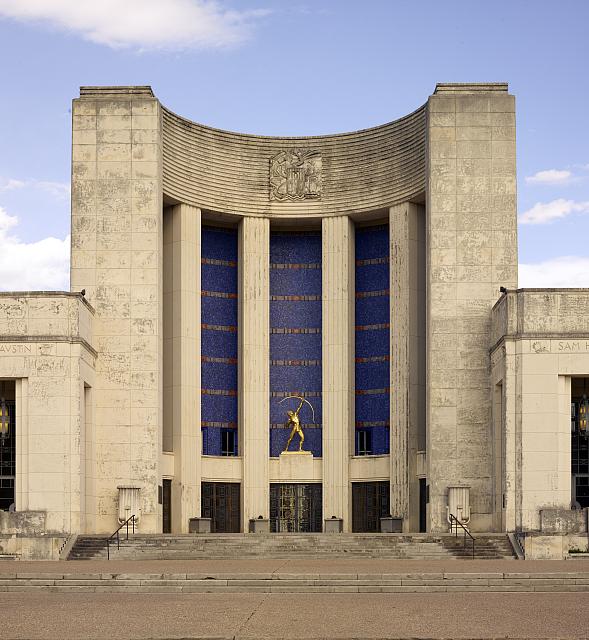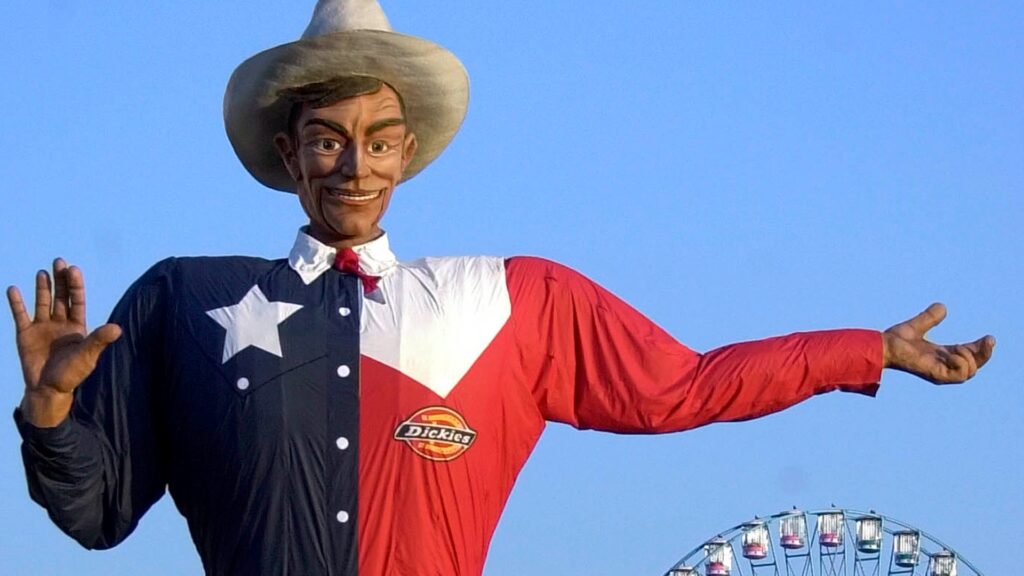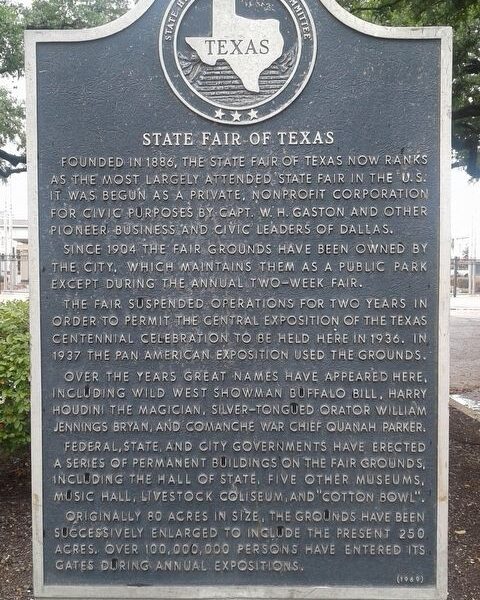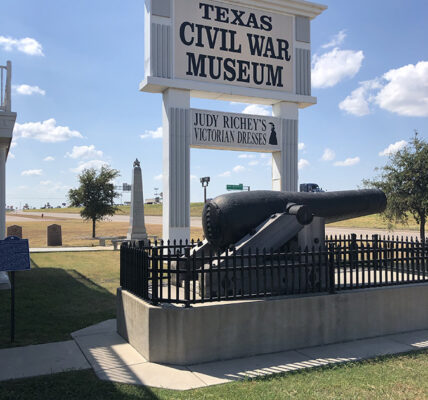- Homepage
- Interesting
- A History Lover’s Guide to the State Fair of Texas
A History Lover’s Guide to the State Fair of Texas
A Brief History of the State Fair of Texas
The State Fair of Texas, a quintessential celebration of Texan culture and community, has a rich history that dates back to its inception in the late 19th century. Established in 1886, it began as a modest agricultural and livestock exhibition aimed at promoting the state’s agricultural industries. Over the years, it transformed into a grand annual event held in Dallas, showcasing a vibrant mix of entertainment, culinary delights, and cultural attractions. The fair has become synonymous with iconic traditions such as deep-fried foods, thrilling rides, and the beloved Big Tex mascot. Spanning over a century, the event reflects the evolution of Texas itself, adapting to changing tastes while preserving its roots in agriculture and community spirit. This brief history will explore the pivotal moments and milestones that have shaped the State Fair of Texas into one of the largest and most celebrated fairs in the nation.

Historical Landmarks within Fair Park
Fair Park, a national historic landmark, is home to several significant historical sites, with the Hall of State as its celebrated focal point. This architectural gem not only serves as a tribute to Texas’s rich heritage but also draws connections to the Alamo and the state capital, embodying the state’s spirit of independence and resilience.
During the 2024 State Fair, the Hall of State will be a hub of activity, showcasing the remarkable talents of Guinness World Record-holder Bryan Berg, renowned for his intricate card structures. His demonstration promises to mesmerize visitors, underlining the fusion of art and history within this iconic venue. Additionally, the Hall will host the Texana Collection exhibition, featuring a wealth of artifacts that tell the story of Texas’s diverse cultural tapestry.
These historical facts about the Texas state fair within Fair Park, particularly the Hall of State, highlight Texas’s vibrant past and enduring legacy, making them essential stops for anyone seeking to understand the state’s unique cultural significance.

The Evolution of Key Traditions like Big Tex
Understanding the evolution of key traditions, such as Big Tex, is vital in appreciating the cultural fabric that shapes our communities. This examination highlights the significance of these iconic symbols in fostering local pride, creating shared experiences, and evolving alongside societal changes. For the audience, recognizing the relevance of Big Tex is more than just acknowledging a towering figure at the Texas State Fair; it invites a deeper exploration of how such traditions reflect broader historical narratives and community values.
Key points to consider include the origins and transformations of Big Tex, the impact of technological advancements on his presentation, and the ways in which he has embodied the spirit of Texas over the years. This discussion not only clarifies the enduring legacy of Big Tex as a beloved figure but also encourages engagement with the larger themes of tradition and identity. By tracing these evolutions, we gain insight into the importance of cultural touchstones, fostering a sense of connection and belonging within our diverse communities.
The Significance of the State Fair in American Culture
The State Fair holds a special place in American culture as a vibrant celebration of tradition, community spirit, and agricultural heritage. It serves as a gathering point where families and friends come together to enjoy festivities that showcase local customs, arts, and values. This communal experience not only fosters a sense of belonging but also honors the agricultural roots that are foundational to many American lifestyles.
Iconic food items like Fletcher’s Original Corny Dogs and savory turkey legs enhance the cultural experience at state fairs, symbolizing the unique flavors that have become synonymous with this tradition. These delicacies are more than just meals; they evoke nostalgia and represent shared moments during celebrations.
The Architectural Marvels of Fair Park
Fair Park, a historic gem in Dallas, showcases significant architectural features that embody Texas heritage. The Hall of State, an iconic building within the park, stands as a testament to the Art Deco style that flourished during the 1936 Texas Centennial Exposition. Its grand façade and intricate detailing celebrate the state’s cultural legacy, making it a centerpiece of the fair’s ambiance.
Events like Bryan Berg’s card-stacking demonstrations are integral to the fair’s attractions, blending creativity and engineering in a lively environment. The presence of such unique events within these architectural marvels creates a vibrant atmosphere that captivates attendees, inviting them to experience the rich tapestry of Texas heritage. Fair Park stands as a dynamic celebration of history and culture, drawing visitors from around the world to appreciate its remarkable architectural legacy.
Location and Venue: Fair Park
Fair Park, a historic cultural hub located in Dallas, Texas, is a vibrant destination that seamlessly combines rich history with modern urban charm. Spanning over 277 acres, this sprawling park is home to a variety of attractions, including museums, gardens, and performance spaces, making it an ideal venue for diverse events. With its stunning Art Deco architecture and beautifully landscaped surroundings, Fair Park not only serves as a picturesque backdrop for gatherings but also offers a unique atmosphere that celebrates both Texas heritage and contemporary culture. Whether hosting a festival, concert, or private event, the park’s extensive facilities and amenities cater to a wide range of needs, ensuring an unforgettable experience for attendees.
Conclusion:
The State Fair of Texas history is more than just an annual event; it’s a living museum that reflects over a century of Texan and American history. As you walk through the fairgrounds, you’re not just experiencing a modern festival, but stepping into the footsteps of generations past. As you explore the fair, remember that each corn dog, every ride on the Texas Star, and all the exhibits you see are part of a continuum that stretches back to 1886 to the historical facts about State Fair Of Texas.










